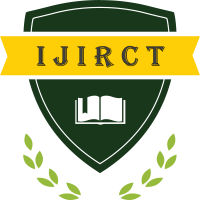Auditing Change Management in Cloud Computing Environments: New Challenges and Solutions
Author(s): Shiksha Rout
Publication #: 2411020
Date of Publication: 10.11.2024
Country: India
Pages: 1-9
Published In: Volume 10 Issue 6 November-2024
DOI: https://doi.org/10.5281/zenodo.14065115
Abstract
Cloud computing environments have revolutionized the way organizations operate, offering scalability, flexibility, and cost-efficiency. They also introduce unique challenges to change management auditing, which can impact security, compliance, and overall IT governance. Traditional change management practices are often insufficient due to the dynamic, multi-tenant, and geographically dispersed nature of cloud environments. Key challenges include lack of visibility into service providers internal controls, complex data sovereignty requirements, and dependency on vendor-driven updates. Additionally, the increased frequency of changes in cloud environments often outpaces the traditional change management protocols, creating potential compliance and security risks. To address these issues, organizations must adopt a hybrid approach to change management, leveraging both automated monitoring tools and real-time auditing solutions that provide continuous visibility. Implementing robust change logging, incident tracking, and automated alerting within the cloud infrastructure can enhance accountability and facilitate compliance. Moreover, clear Service Level Agreements (SLAs) with cloud providers, along with regular third-party audits, can strengthen control over outsourced operations. Solutions such as the integration of artificial intelligence (AI) for predictive analytics and machine learning models for anomaly detection can further streamline the change management process. Ultimately, a proactive and collaborative approach to auditing, combined with adaptive tools and practices, is essential for organizations to maintain compliance and secure their cloud operations.
Keywords: Cloud Computing, Change Management, IT Auditing, Compliance, IT Governance, Multi-Tenancy, Data Sovereignty, Automation, Artificial Intelligence, Security
Download/View Count: 172
Share this Article
